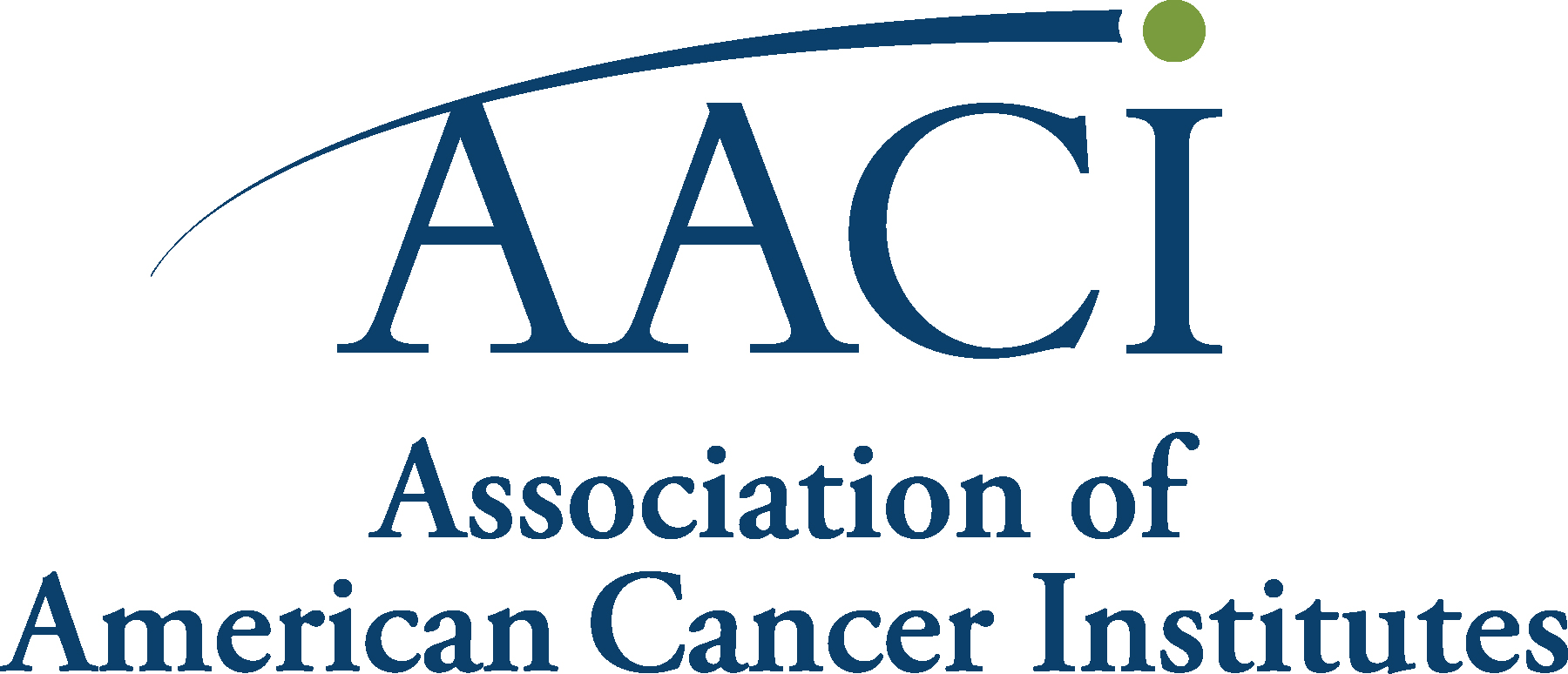Newswise — A diverse and well-prepared leadership workforce in the nation’s cancer centers is vital to tackle challenges in the delivery of equitable cancer care delivery. Recognizing this, the Association of American Cancer Institutes (AACI) examined the diversity among cancer center leaders and identified best practices to ensure a diverse pipeline of emerging leaders who are poised to succeed.
Dr. Caryn Lerman, AACI president and director of the University of Southern California Norris Comprehensive Cancer Center, along with a national group of AACI cancer center leaders, shared the results of this study in their paper “Leadership Diversity and Development in the Nation’s Cancer Centers,” published today in the Journal of the National Cancer Institute.
The national survey assessed the gender and racial diversity among 82 cancer center directors, 62 deputy directors, 639 associate directors, and 795 cancer research program leaders. Seventy-nine percent of center directors reported their ethnicity/race as Non-Hispanic white. Only 7 percent of directors identified as Hispanic, 2 percent as Black, 10 percent as Asian/Pacific Islander, and 1 percent as other or more than one race. Women were also dramatically underrepresented among cancer center leaders with only 16 percent of cancer center directors identifying as female. This lack of diversity permeated all cancer center senior leadership roles, suggesting that sole reliance on the current leadership pipeline will not produce a diverse cancer center leadership workforce, nor will it provide a diverse pool of mentors for emerging leaders.
“To achieve the nation’s goal to ‘end cancer as we know it,’ cancer centers must prioritize leadership development and diversity,” Lerman said. “A diverse cancer center leadership workforce that is adequately prepared to address the increasing complexity in the nation’s cancer centers will maximize the organization’s potential and our ability to promote cancer health equity at a local and national level.”
To build a diverse pipeline and develop emerging cancer center leaders, the report also outlines best practices for recruiting, onboarding, and leadership development. These practices will be compiled in a cancer center leadership development toolkit and disseminated broadly.

